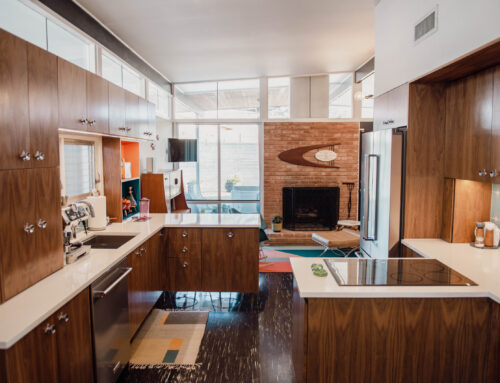Principal Mary Ann Schwab waited for the first day of school with more than the usual anticipation. Skyview Elementary’s Local School Council had voted the previous spring to adopt a uniform policy, but because participation was voluntary, no one knew how many students would comply.
“It was the neatest day of the year,” she recalls. “The students came in looking as cute and as proud as could be – and not just the little ones.” More than 90 percent had chosen uniforms, and their enthusiasm for the new look was palpable.
But as the temperatures dropped, fewer and fewer students wore the navy bottoms and red or white tops that constitute the school’s uniform. Parents began to complain that it was no longer visually evident that the school had a uniform policy. And the Local School Council began to explore ways to get the program back on track.
Skyview’s experience is shared by other neighborhood schools. Aikin, Lake Highlands and Northlake Elementaries similarly adopted uniforms after parents indicated overwhelming support on surveys. The schools began the academic year with high compliance rates and watched support slip away in the cold-weather months, often with only half of all students in uniform on a given day. Only Wallace, which in 1996-97 became the first RISD school in Lake Highlands to adopt uniforms, maintains a participation rate of 90 percent or higher.
What happened?
The answers vary. Some believe parents give in to children’s desires to wear other clothing, especially gifts received at Christmas. Others cite a lack of continued publicity as the novelty of uniforms wore off. Some parents have never supported the policy. And in some schools, a transient student body may be partly to blame.
Whatever the causes, participation tends to vary more by the ages of the children than it does by race, ethnicity, or economic status, with sixth-graders the least likely to wear uniforms.
“The first year is probably the hardest,” says Linda Larkin, president of Wallace’s PTA. “I had friends on both sides (of the uniform issue) last year.”
Larkin, other Wallace parents and Principal Teresa Gafford credit the school’s continued emphasis on uniforms, strict enforcement of a regular dress code and small incentives as some of the factors that have made their program so successful.
Uniforms were never intended as a cure-all. At Lake Highlands, as at the other schools, the intent of the uniform policy was to create a sense of community in a diverse population.
Sara Kingsley, a first-grade teacher at Lake Highlands Elementary, says the uniforms did just that “in the classroom, in the grade and beyond.” Her students, she says, “have a sense of pride, a sense of ‘this is our school’ that they didn’t have before.”
Counselors at Aikin found that students were quiet and more serious; they even walked differently in the halls. Neighbors surrounding the schools often reinforced the positive image with compliments on the students’ neat appearance.
For these reasons, schools are exploring ways to encourage students to return to their uniforms. At Northlake, simple incentives such as drawings for frozen treats seem to be having an impact. Teachers are finding, too, that simply complimenting students who wear uniforms encourages others to follow suit.
Says Cindy Davis, Skyview’s PTA president: “When the students are in uniform, they’re calmer, they have more pride.”
“Even our crossing guard commented how much more respectful they were.”





